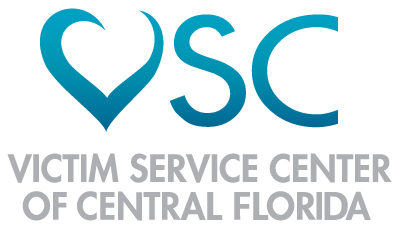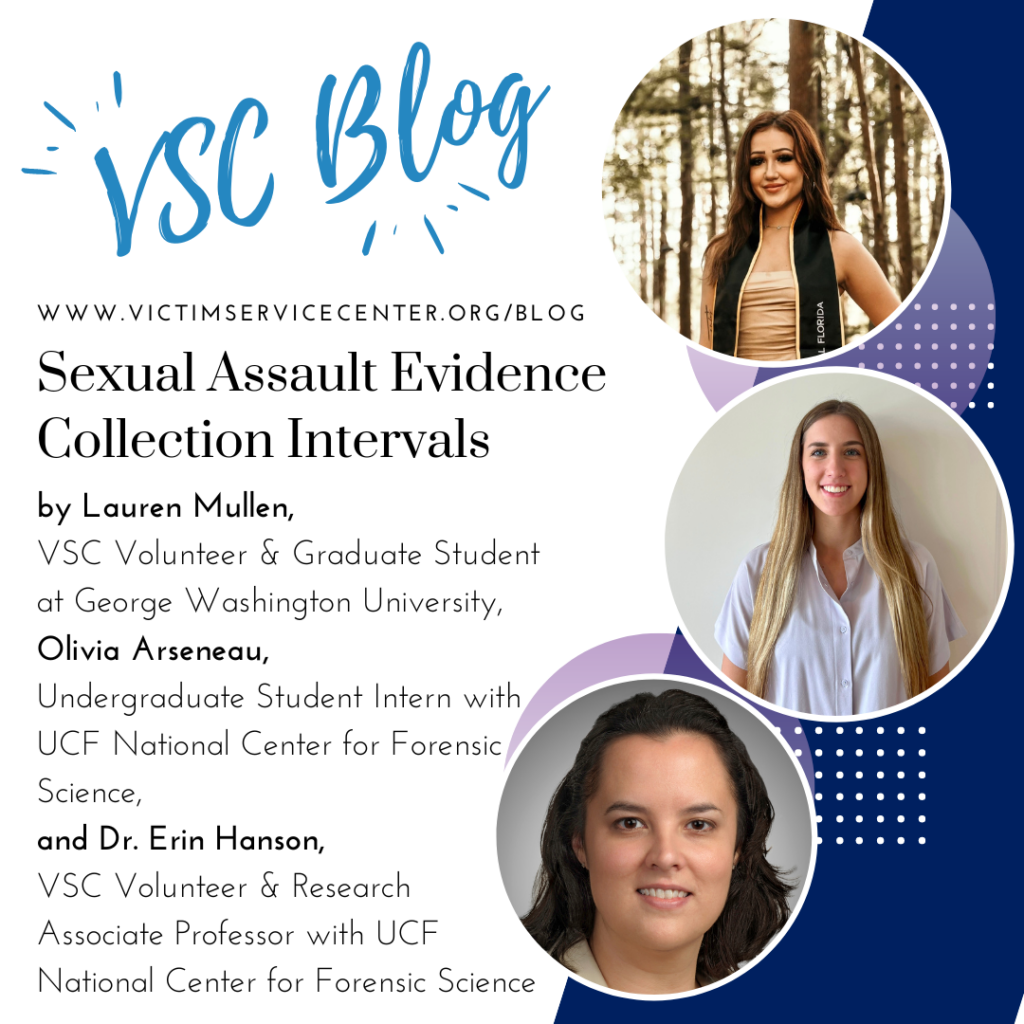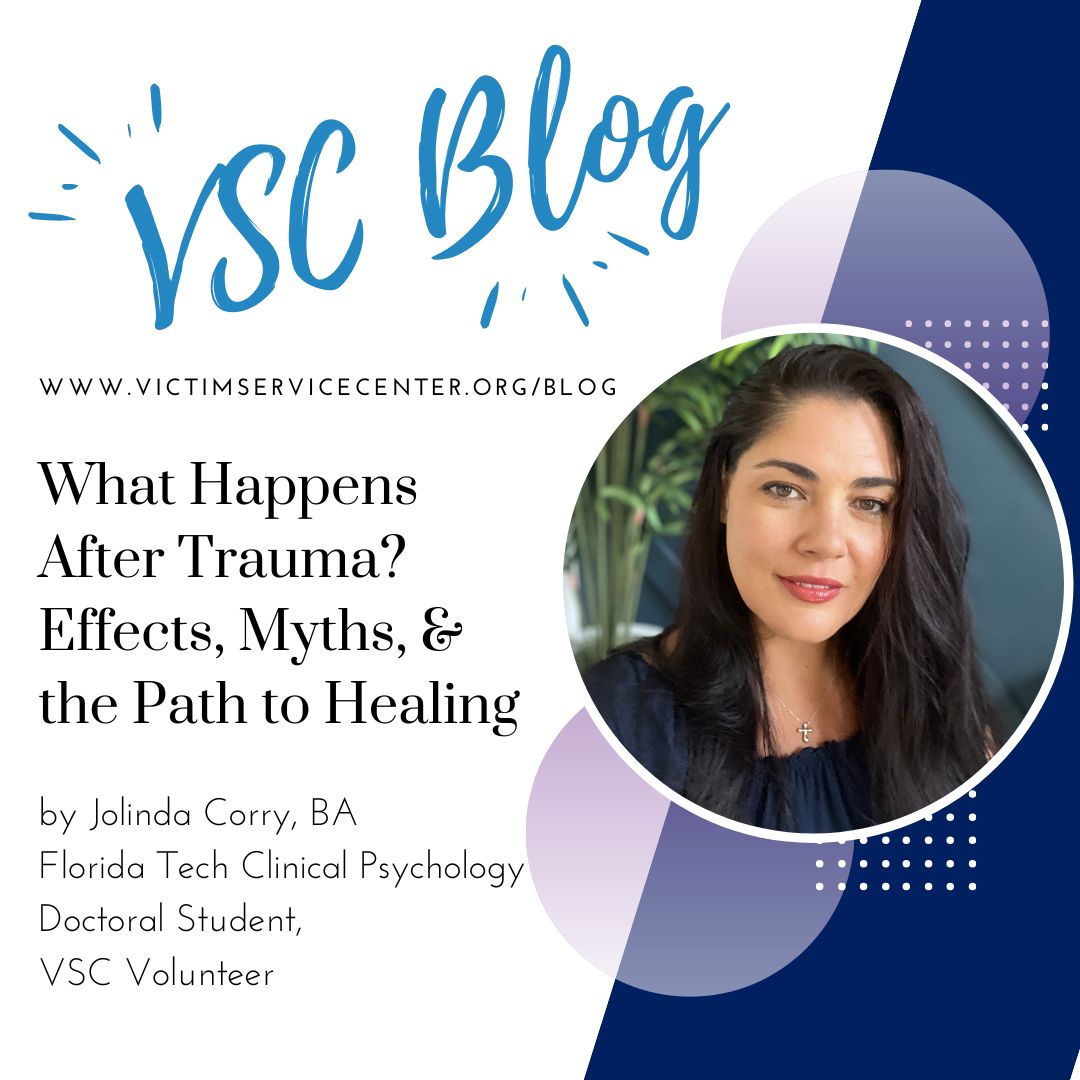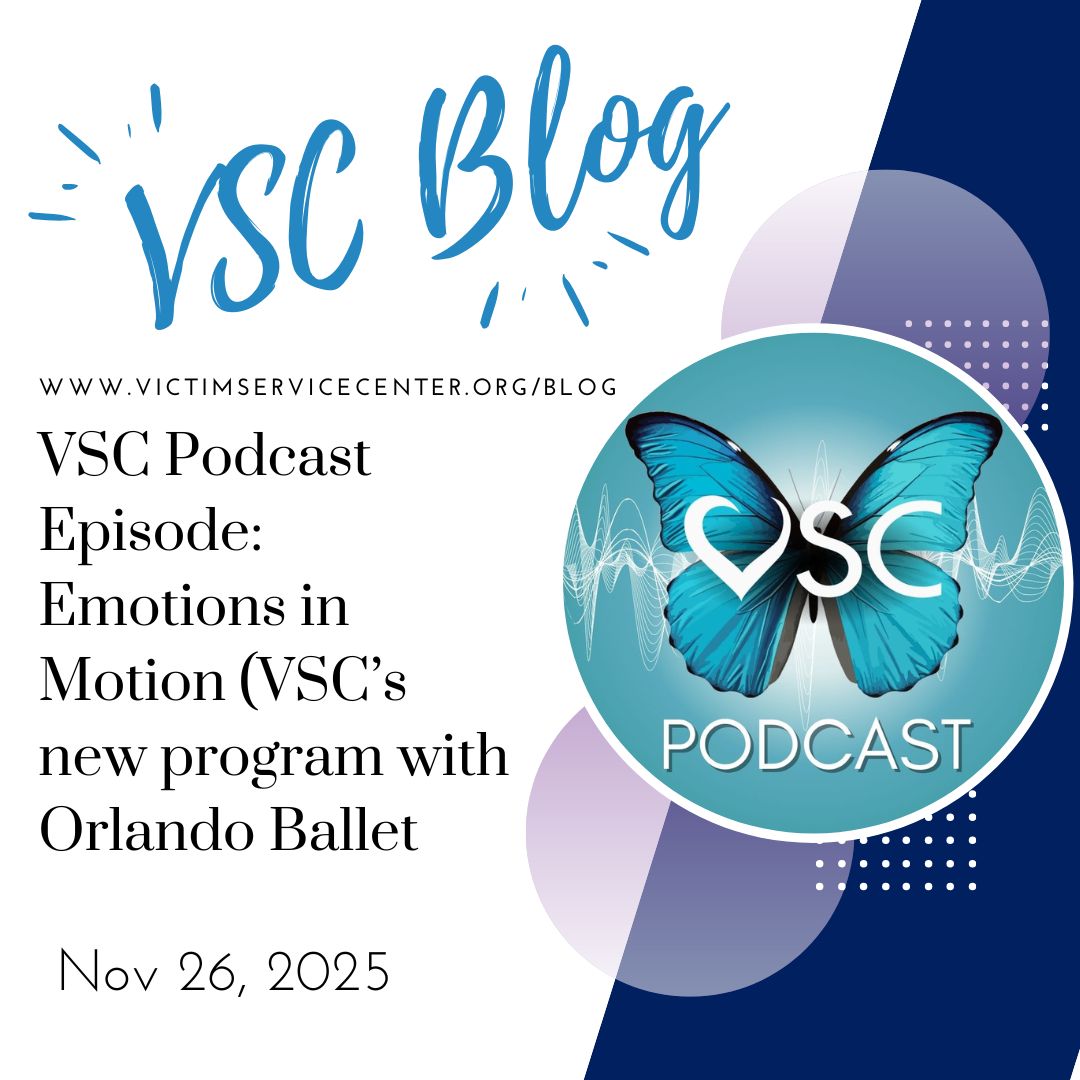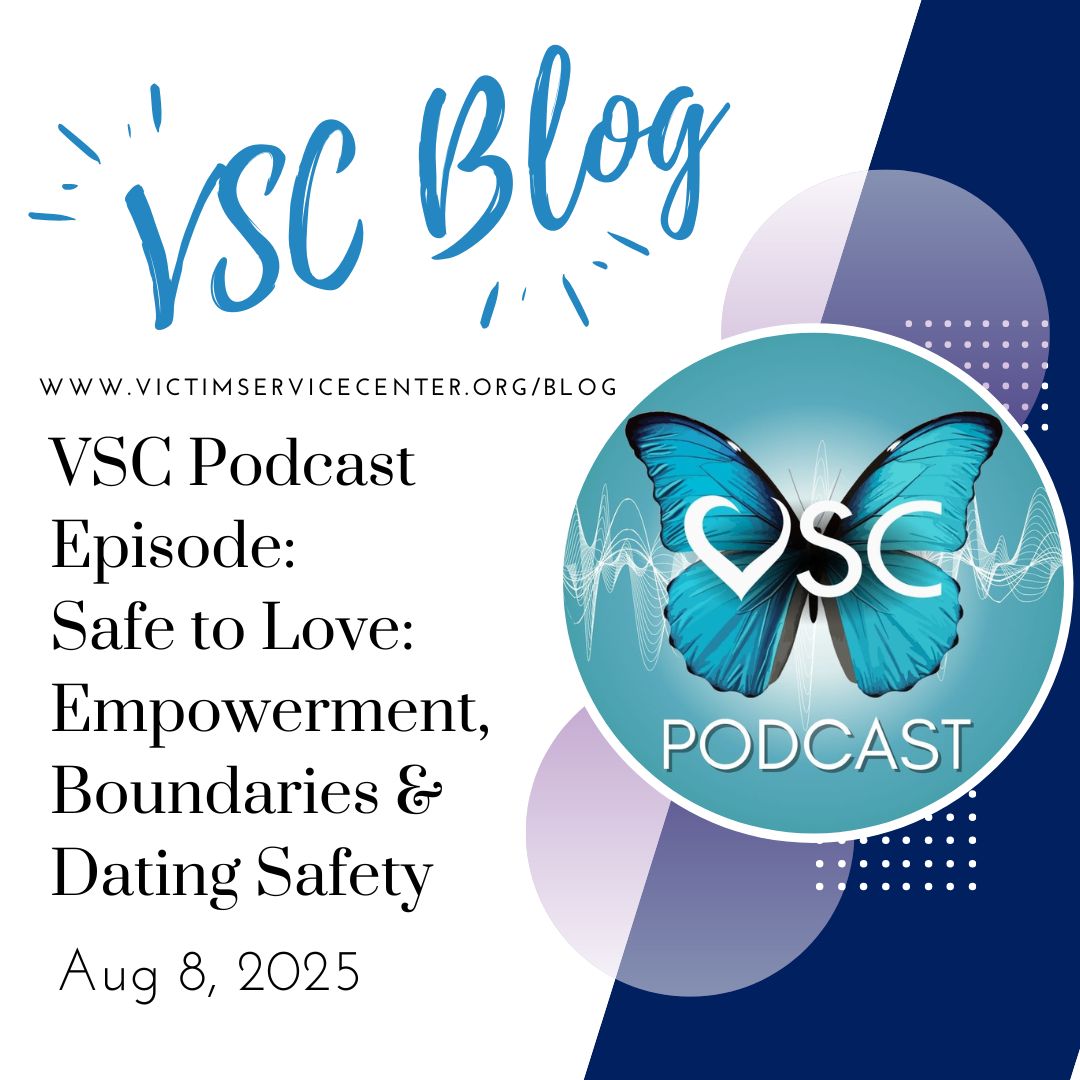by Lauren Mullen, VSC Volunteer & George Washington University Graduate Student, Olivia Arseneau, Undergraduate Student Intern with UCF National Center for Forensic Science, and Dr. Erin Hanson, VSC Volunteer & Research Associate Professor with UCF National Center for Forensic Science
Throughout the country, sexual assault remains a highly prevalent crime with an American sexually assaulted every 68 seconds1. At the outset of the use of sexual assault collection kits in the U.S. in the late 1970’s, the recommended protocols stated that DNA evidence should only be collected up to 72 hours, or 3 days following the sexual assault. However, with advances in DNA analysis techniques, improved sensitivity of instrumentation, continued DNA research and dedication by forensic biologists nationwide, the recommended collection interval has been extended as of 2016. In ‘Recommendations for Efficient DNA Processing of Sexual Assault Evidence Kits in a Laboratory’, the Scientific Working Group on DNA Analysis Methods (SWGDAM) now recommends collection of vaginal samples up to 5 days (120 hours) post-assault rather than 3 days.2 These guidelines also recognize that ‘there may be potential to extend the time frame to nine days post vaginal assault’2 due to technological advancements and research findings.
Some of this supporting research has been conducted by one of our own VSC volunteers, Dr. Erin Hanson (PhD), a Research Associate Professor at the National Center for Forensic Science (NCFS) at the University of Central Florida (UCF). Dr. Hanson, along with her colleague Dr. Jack Ballantyne UCF Professor and NCFS Associate Director for Research, work towards developing new strategies to improve DNA profile recovery from challenging and late reported sexual assault evidence. They have found evidence of improved male DNA profile recovery for collections ranging from 6-9 days post assault3. This was done through the use of an additional DNA amplification step that targets DNA only on the Y-chromosome. This step has proved helpful due to the fact that the DNA collected from most vaginal forensic examinations contains an overwhelming amount of female DNA in relation to the small amount of male DNA that may be present.
As can be seen in the infographic below, collection time intervals vary by state with a majority of states implementing the recommended collection interval of up to 5 days post-assault (shown in purple). It is highly encouraging to see several states being proactive in response to sexual assaults and increasing their collection intervals beyond the 5 days. With continued improvements in DNA technology and more research demonstrating the ability to obtain DNA profiles in later reported sexual assault evidence, we hope to see an increase in the number of states using these extended intervals. These intervals are believed to be the most up-to-date protocols provided by each state as of 2022 and are typically found in the guideline and protocol handbooks used by sexual assault nurse examiners for forensic examinations. The sites to all of the sources for each state are linked below. Some states had contradicting information that listed multiple recommended intervals in which case the most recent source was used. Additionally, some states differentiated the collection time intervals between pre-pubescent, adolescent, and adult victims, while others provided a range of time. These differences are indicated in the legend to the right of the infographic. (Note: this infographic list time intervals specifically for collection of evidence from vaginal assaults; SWGDAM recommended intervals are 3 days and 1 day post-assault for anal and oral collections, respectively.)
Overall, it is important for a sexual assault kit to be collected by a trained sexual assault nurse examiner (SANE) as soon as possible following a possible sexual assault. This is because DNA from the perpetrator gradually degrades and reduces the forensic analyst’s ability to obtain a DNA profile. The probability of obtaining a distinct profile can also be hindered by a variety of activities (i.e. eating, drinking, showering, sexual activity, urinating, etc…).4 However, if a victim reports an assault and consents to having a sexual assault evidence collection kit done within the recommended interval, it should still be performed regardless of these activities as they do not eliminate the possibility of obtaining DNA evidence. Prior to any forensic examination, victims should be informed of all of their rights as well entirely what the examination will entail and be made to feel as comfortable as possible during this procedure that some find very invasive and triggering. Patients can take breaks and be allowed to stop the exam at any point if they are uncomfortable and/or change their mind about having a forensic examination done. More information about the sexual assault examination process can be found at https://www.rainn.org/articles/rape-kit.
Sources by State:
Sources
- www.rainn.org/about-sexual-assault
- Scientific Working Group on DNA Analysis Methods. Recommendations for the Efficient DNA Processing of Sexual Assault Evidence Kits. https://www.swgdam.org/_files/ugd/4344b0_4daf2bb5512b4e2582f895c4a133a0ed.pdf
- Hanson, E.K.; Ballantyne, J. A Y-short tandem repeat specific DNA enhancement strategy to aid the analysis of late reported (≥6 days) sexual assault cases. Medicine, Science and the Law. 2014, 54(4), pp. 209-218.
- https://www.rainn.org/articles/rape-kit
